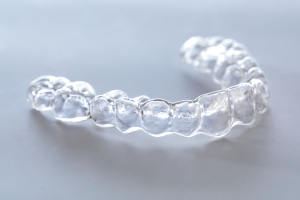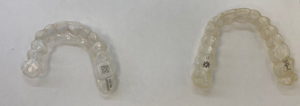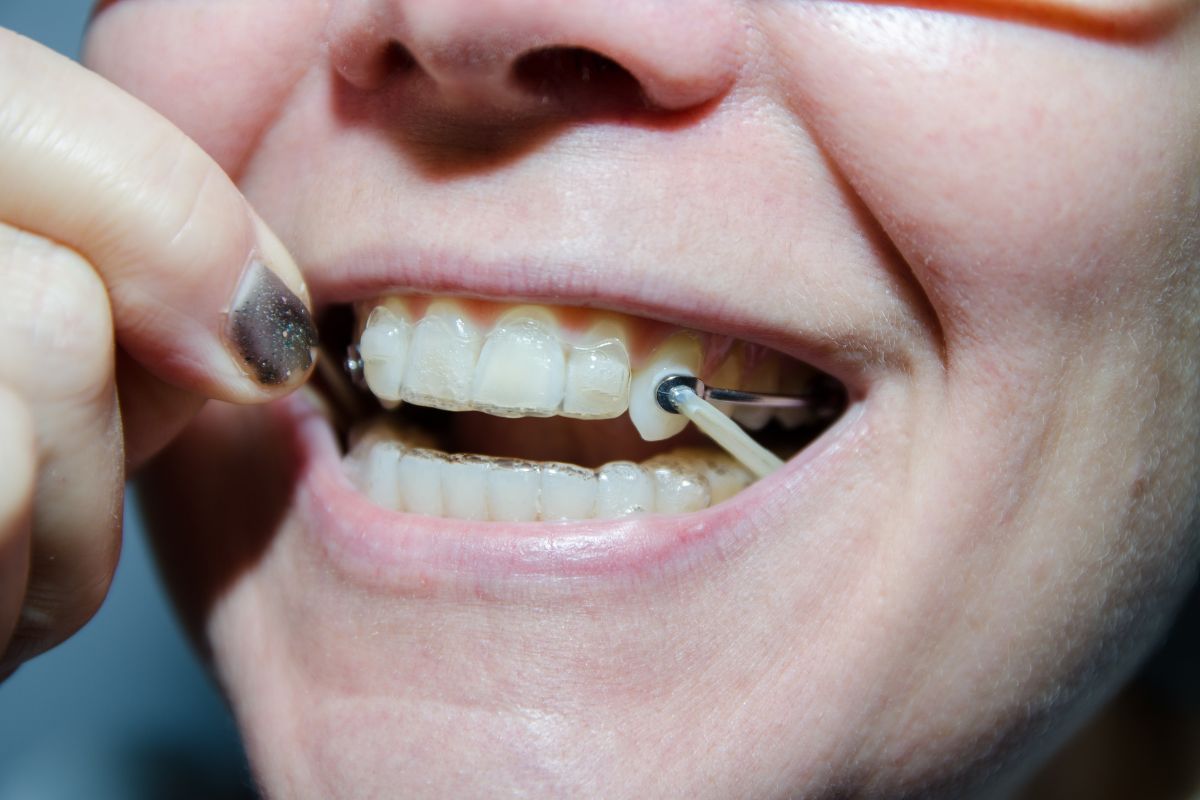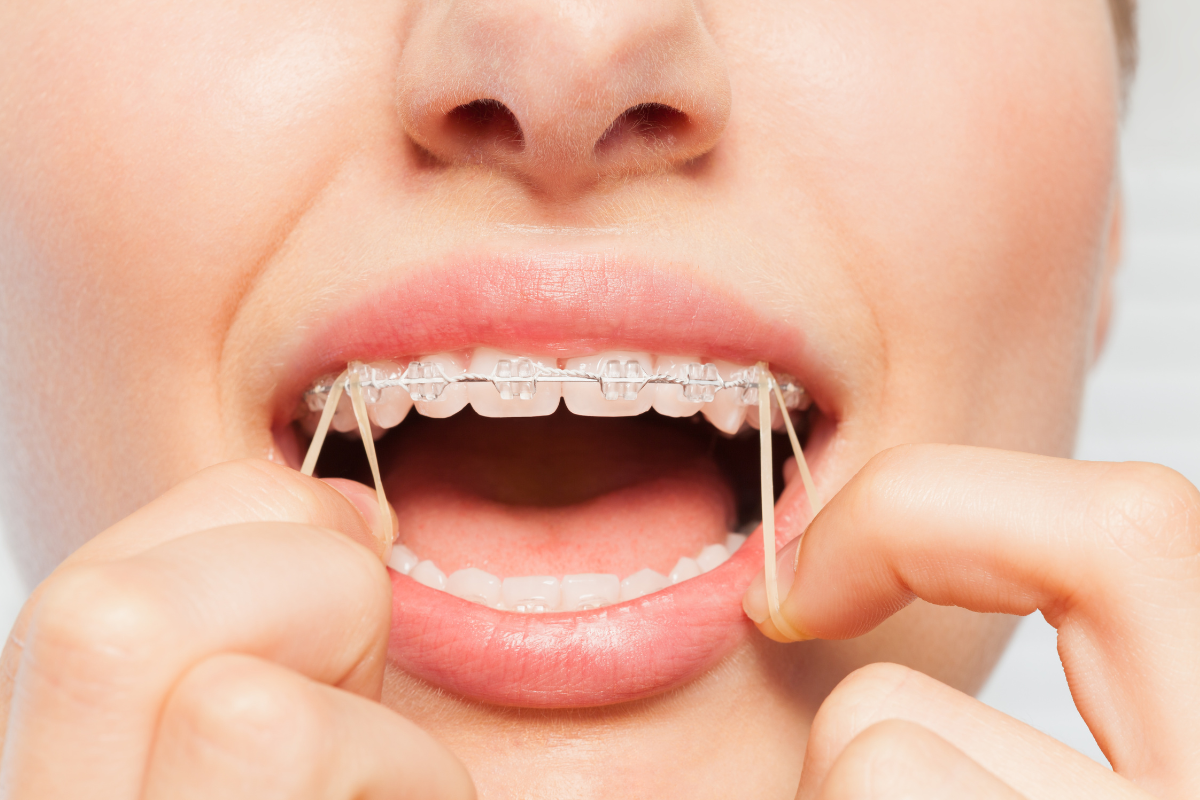

Clear aligners have become an increasingly popular choice for orthodontic treatment in recent years.
Why wouldn’t they?
First, they are clear. Other people won’t even notice you wearing them unless they are nosy enough to look closer inside your mouth.
Second, they comfortably and conveniently align teeth, giving you a confident-looking smile.
Yes, clear aligners are great! But not all clear aligners are born equal. Doubtful? Look at the aligners of people you know, and you will notice how some are already changing in color after just 12 weeks of treatment. Yikes!

Here’s where it gets interesting! It is worth noting that the material used to create clear aligners plays a vital role in the effectiveness of the treatment. Orthodontists have been putting aligners on people’s teeth made out of other materials for many years. Of course, the treatments still proved effective. But after multiple years of research and engineering, Zendura, a material solely designed for orthodontic purposes, has emerged as a revolutionary material for clear aligners.
This article will explore Zendura material, its benefits, and why it is the ultimate material for clear aligners.
What is Zendura Material?
Zendura is a proprietary thermoplastic material developed by Bay Materials used in a wide range of medical and dental applications, including clear aligners. It is a premium-quality material with superior strength, clarity, and flexibility.
What’s more, Zendura material is entirely free from toxic BPA and phthalate chemicals!
The Benefits of Zendura Material for Clear Aligners
Zendura material offers several benefits, making it an ideal choice for clear aligners. Some of the key benefits are:
Superior Strength
Zendura material is exceptionally durable and resistant to wear and tear, making it ideal for long-term use. It can withstand the forces of biting and chewing without losing its shape or form, promoting consistent teeth movement throughout the treatment.
Excellent Clarity
Zendura material is virtually invisible, providing a transparent and discreet appearance. This makes it an excellent choice for people who want to straighten their teeth without the hassle of traditional braces. It is also resistant to staining, ensuring the aligners remain clear throughout the treatment.
Flexibility
Zendura material is highly flexible, allowing for better adaption to the teeth’ shape and form. This ensures a snug fit, resulting in better teeth movement and a more comfortable treatment experience.
How Does Zendura Material Compare to Other Clear Aligner Materials?
Zendura material has several advantages over other clear aligner materials, such as polycarbonate and PETG. Here are some of how it outperforms other materials:
Strength and Durability
Compared to polycarbonate and PETG, Zendura material offers superior strength and durability, ensuring the aligners maintain their shape and form throughout the treatment.
Clarity
Zendura material is more transparent than polycarbonate and PETG, providing a more discreet appearance.
Flexibility
Zendura material is more flexible than polycarbonate and PETG, allowing for a better fit and improved teeth movement.
Conclusion
Do you value quality when it comes to Orthodontic Treatment?
Then clean aligners made of Zendura material are the right choice for you!
Instead of working to make each sheet of plastic a dollar or two cheaper, Zendura manufacturers worked to make the highest-performing clear dental material available, and that performance enables orthodontists and dentists to do their best work for patients.
The good news is that our clinic offers Clear Aligners made from Zendura material. These special aligners are manufactured by uLab Systems.
Book a virtual care appointment to know more!
Recent Posts
-
Inside the World of Orthodontists: Education, Precision, and Transformative Treatments
The Evolution of Orthodontics: A Brief Historical Overview Orthodontics, an integral branch…
-
How Orthodontists Plan a Treatment for a Beautiful Smile
Understanding the Patient's Unique Needs A positive self-image and confidence can result…
-
Unleash Your New Smile! Here's What You Need to Know Before Braces Removal
Are you excited to see your smile transformation? Taking your braces off…
-
Traits That a Good Orthodontist Should Have
Choosing an orthodontist is half your smile transformation journey. That’s why in…
-
How Braces Can Help Fix an Asymmetrical Jawline
An asymmetrical jawline can cause concern for many individuals, affecting their appearance…
-
Can Cavities Be Reversed?
Cavities are among the most common dental issues people of all ages…
-
What to Prepare During Your First Braces Appointment
Are you about to embark on your journey to a beautiful smile…
-
Taking Care of Baby Teeth: A Comprehensive Guide for Parents
Caring for our children's health is one of our most crucial responsibilities…
-
What are Brace Elastics?
If you or someone you know is undergoing orthodontic treatment with braces,…
-
Difference Between an Overjet and Overbite: A Comprehensive Guide
Two orthodontic terms that often confuse our patients are "overjet" and "overbite."…







 Instagram
Instagram
